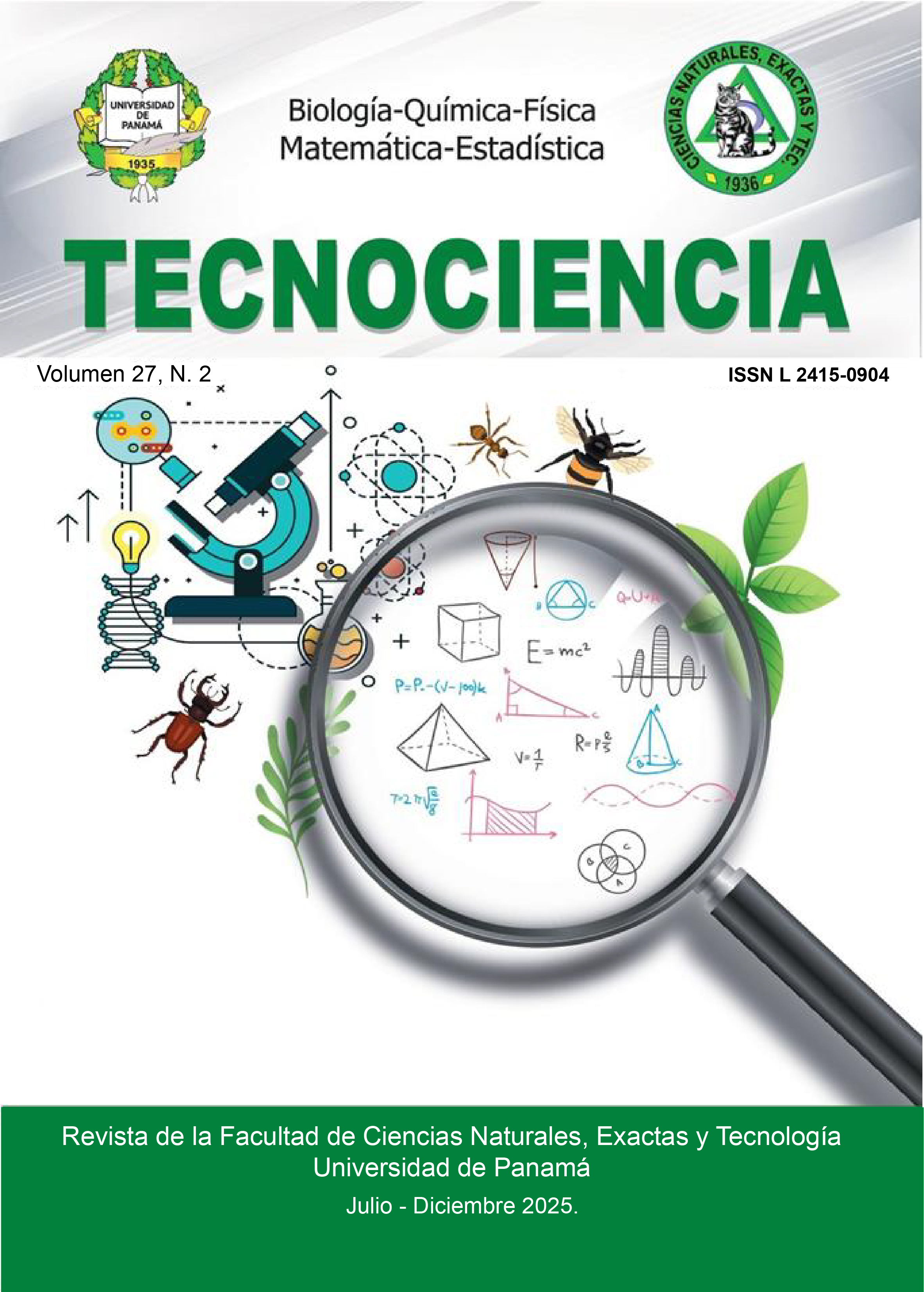

Copyright (c) 2025 Tecnociencia

This work is licensed under a Creative Commons Attribution-NonCommercial-ShareAlike 4.0 International License.
The Darién region of Panama is one of the world's last frontier forests. Indigenous peoples play a critical role as stewards of intact forests, and Darién is no exception. Here, we used sound recorders to document the bird community. Bird identification was performed by Euclides Campos, a Panamanian bird guide, and Doug Robinson, an ornithologist knowledgeable about Panama's avifauna. We retained only the species reported by both co-authors. The analysis of bird songs was complemented by observations made by Emberá technicians along 1-km transects. The analysis of bird songs allowed us to identify species sounds. This, in turn, allowed us to calculate species richness. Species accumulation curves were generated by pooling all recorders, separating the dry and wet seasons. Bird species were grouped according to their food preferences. A correspondence analysis was performed on bird communities by site to determine if bird communities differed across the sampled landscape. The bird list obtained served to stimulate discussion among the holders of traditional Emberá bird knowledge. The information on traditional bird knowledge was validated in a meeting with traditional authorities from the Balsa region (the regional chief, the president of Congress, and the six Nokos) and men and women (40 people). One of the Emberá's motivations in joining forces with us is to document and showcase their success in forest conservation. As the world faces a sixth mass extinction crisis, the Emberá people of the Balsa River coexist peacefully with the forest.